When the artist, Margaret Keller, and her husband, Rick Puller, bought their late Victorian home in Fraser Park 25 years ago, they knew they were getting a high quality home but little else. It was one of their neighbors, Dick Walker, who had lived across the street for many decades who gave them an interesting clue to the history of their new/old digs. He told them that it had been built by a shoe manufacturer named Johansen. He even had a 1997 catalog with information that the company had been founded in 1876.
Dick also thought that Mr. Johansen once had a building behind the home in which shoes were made and had loaded shoes on the railroad right there. Margaret, who has a background in historic preservation, was intrigued. From the Maplewood City Directory of 1912, she learned that a family of Johansens lived at 7211 Moller. Her address is 7215. More searching revealed that the much newer home of her next door neighbor was built on what was once the lawn of the Johansen’s home at 7211. About 1950 the address was changed. The new home got 7211 and the older one became 7215.
A little while ago, Margaret and I got on the subject of graining. That is the process of making a piece of wood (or whatever) look like it is a piece of a different kind of wood than what it actually is. There are numerous reasons why one might want to do this. A very stable wood like poplar can be grained to resemble a very highly figured unstable wood such as a walnut burl or crotch mahogany.
Probably in most cases, graining a secondary wood was cheaper than using the more expensive wood being imitated but not always. Graining has existed at a very high level for certainly hundreds if not thousands of years. Many of the most expensive homes in the western world contained examples of wood that had been grained well into the early 20th century.
Margaret had told me that her home contained some fine examples of grain painting. I asked her for some photos. I knew of a family of St. Louis grainers named Tichacek that I had been trying to figure out a way to connect them to our city so I could do a post about them. This could be it, I thought. I was blown away when Margaret’s photos arrived. Not only does she have some very fine examples of graining but her home also features some of the best woodwork that I have seen in Maplewood.
A little investigation with Newspapers.com revealed an incredible story about the Johansen shoe business. But first, let’s have a look at their beautiful home.
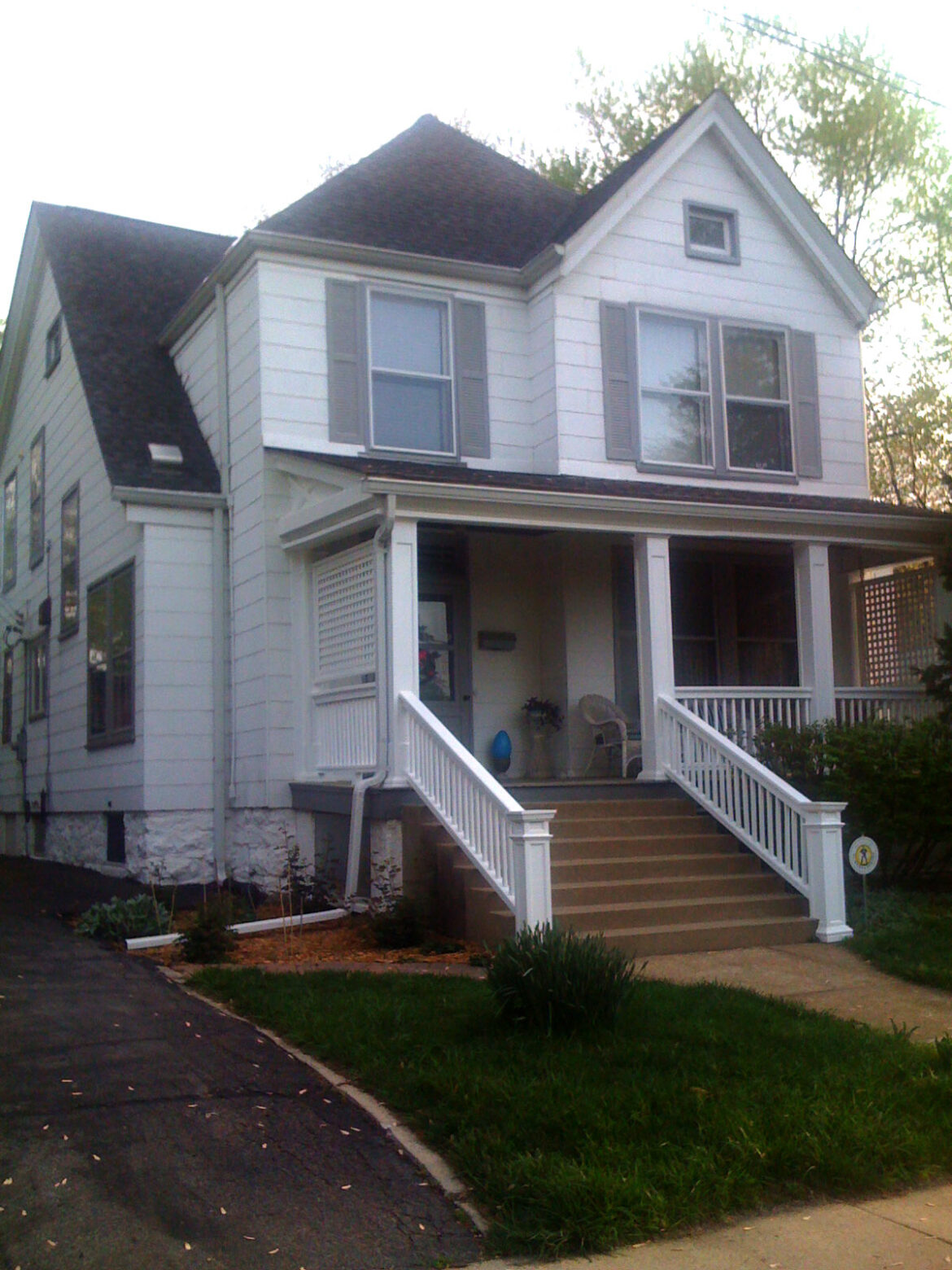
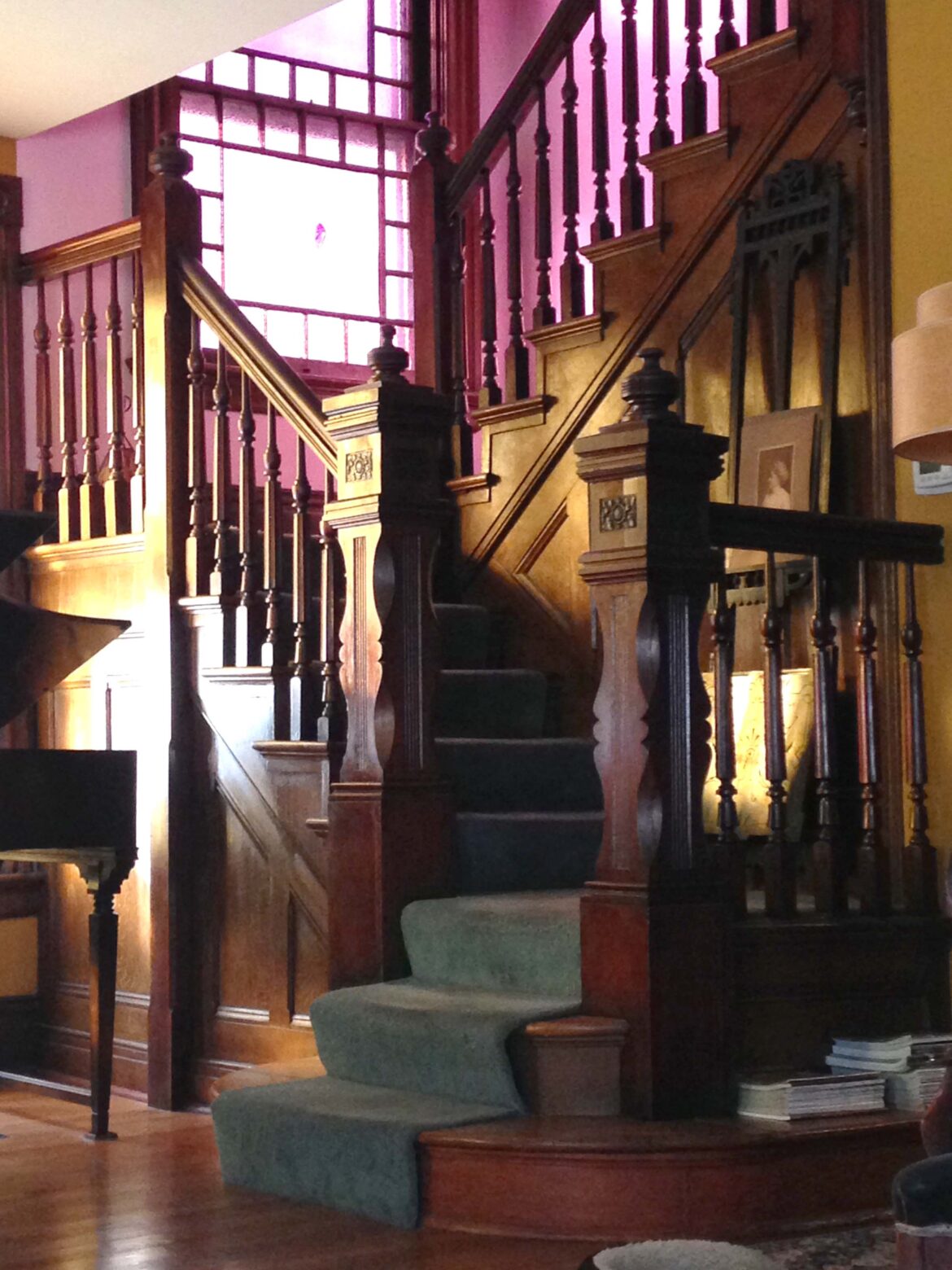
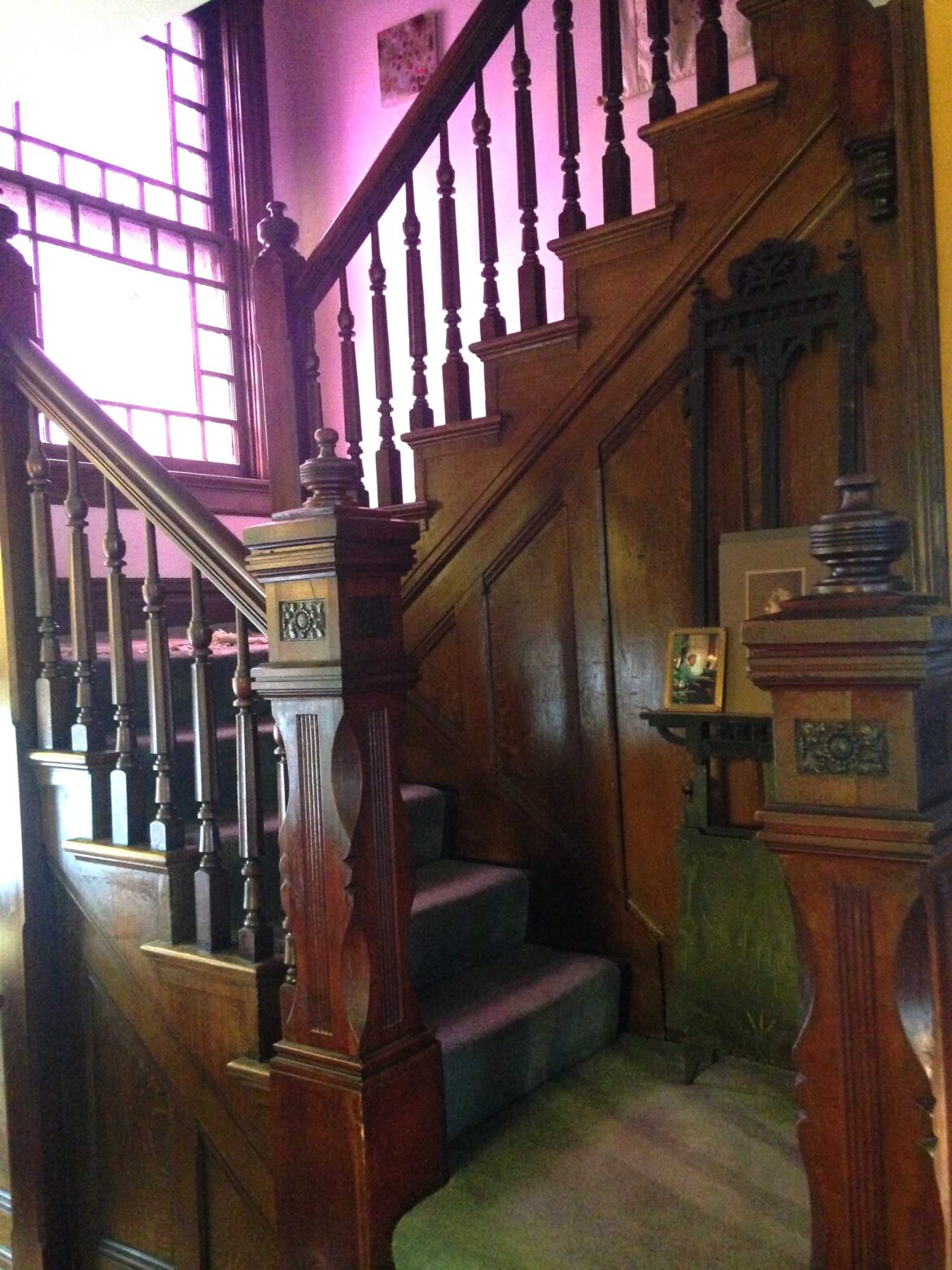

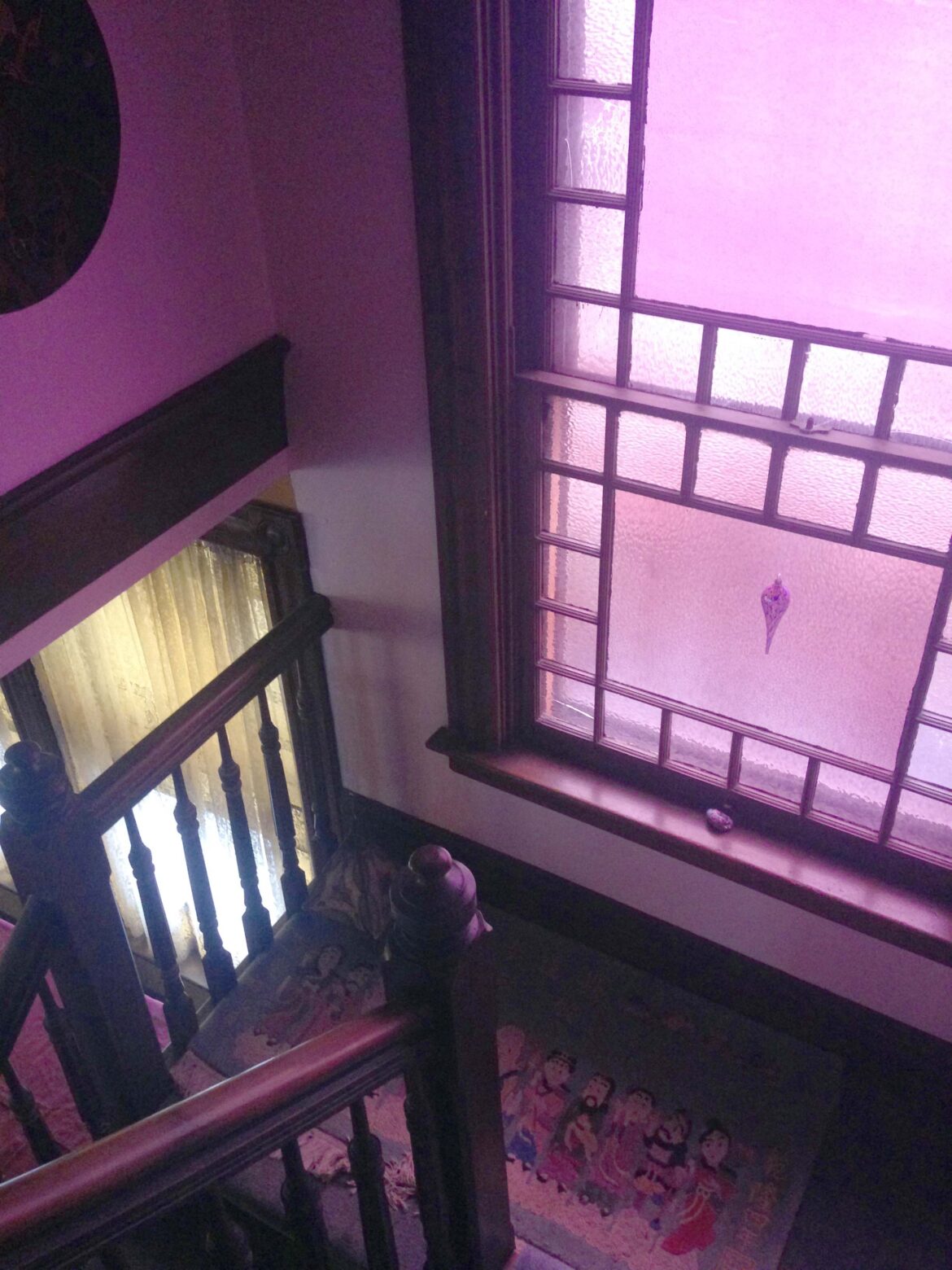
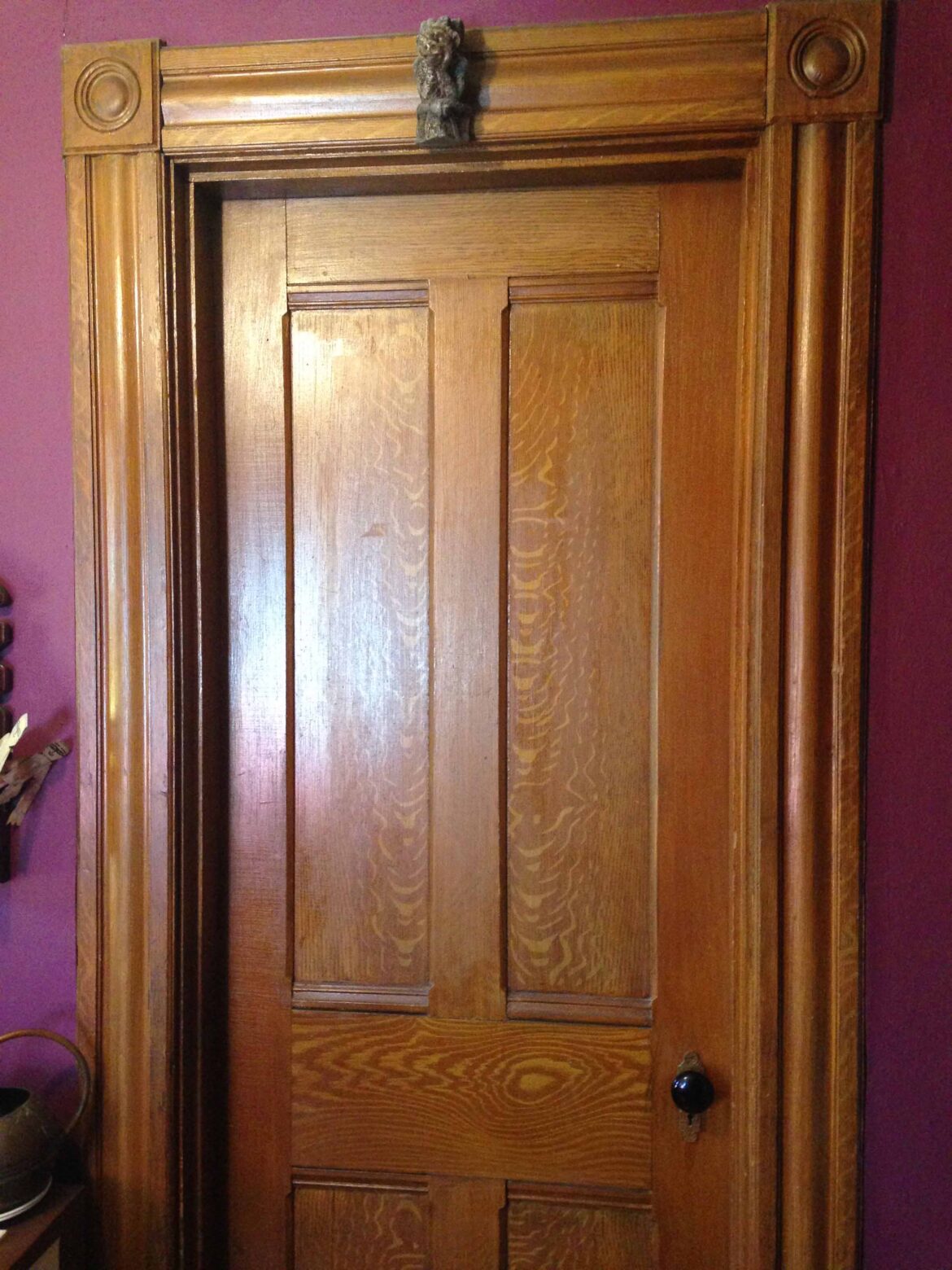
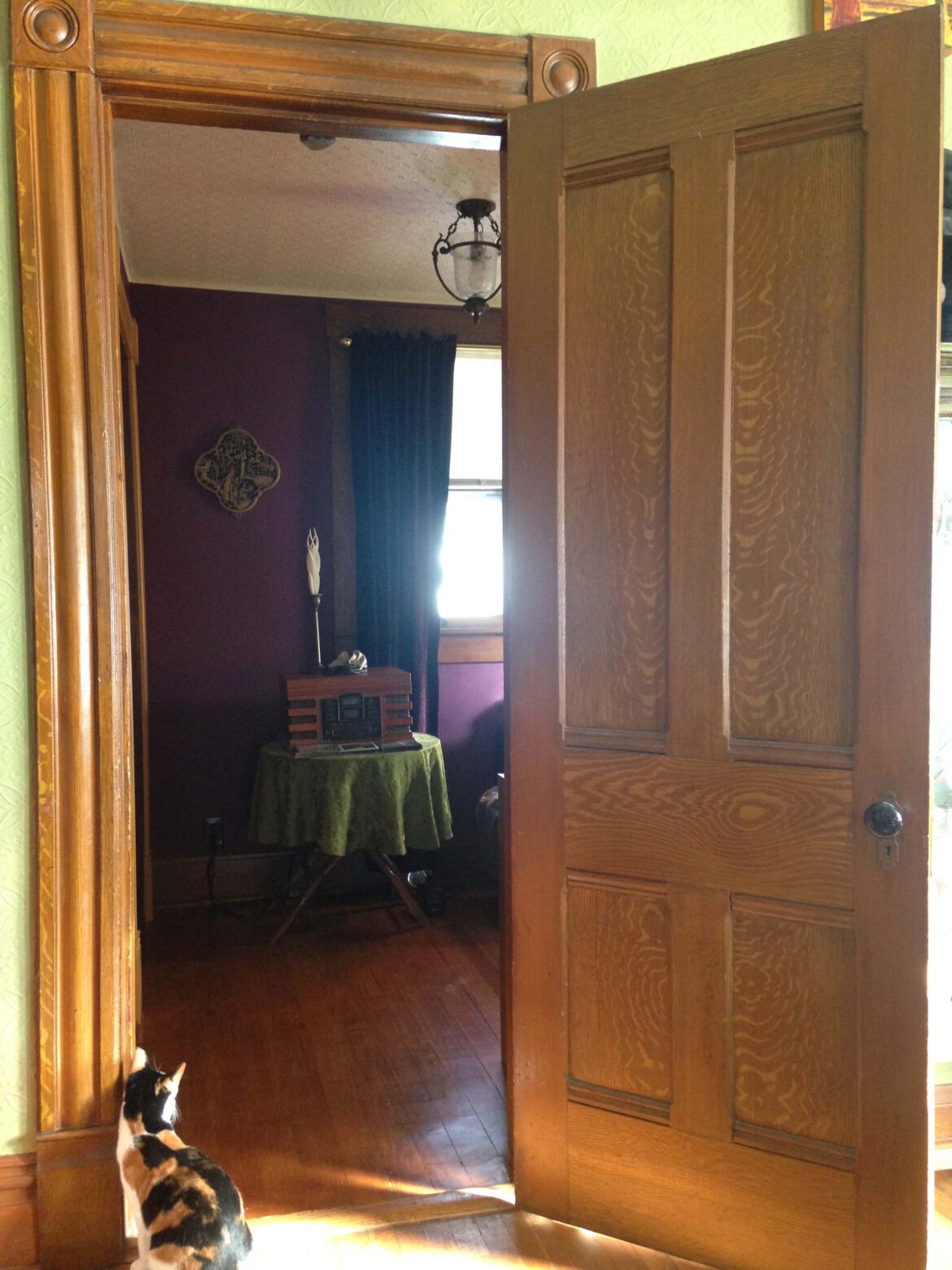
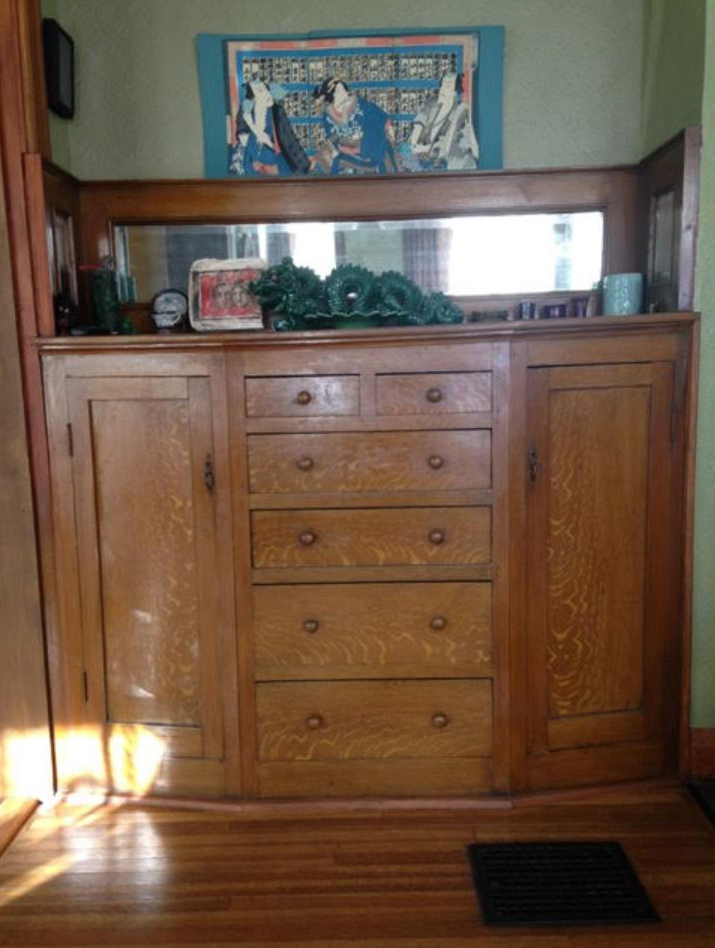
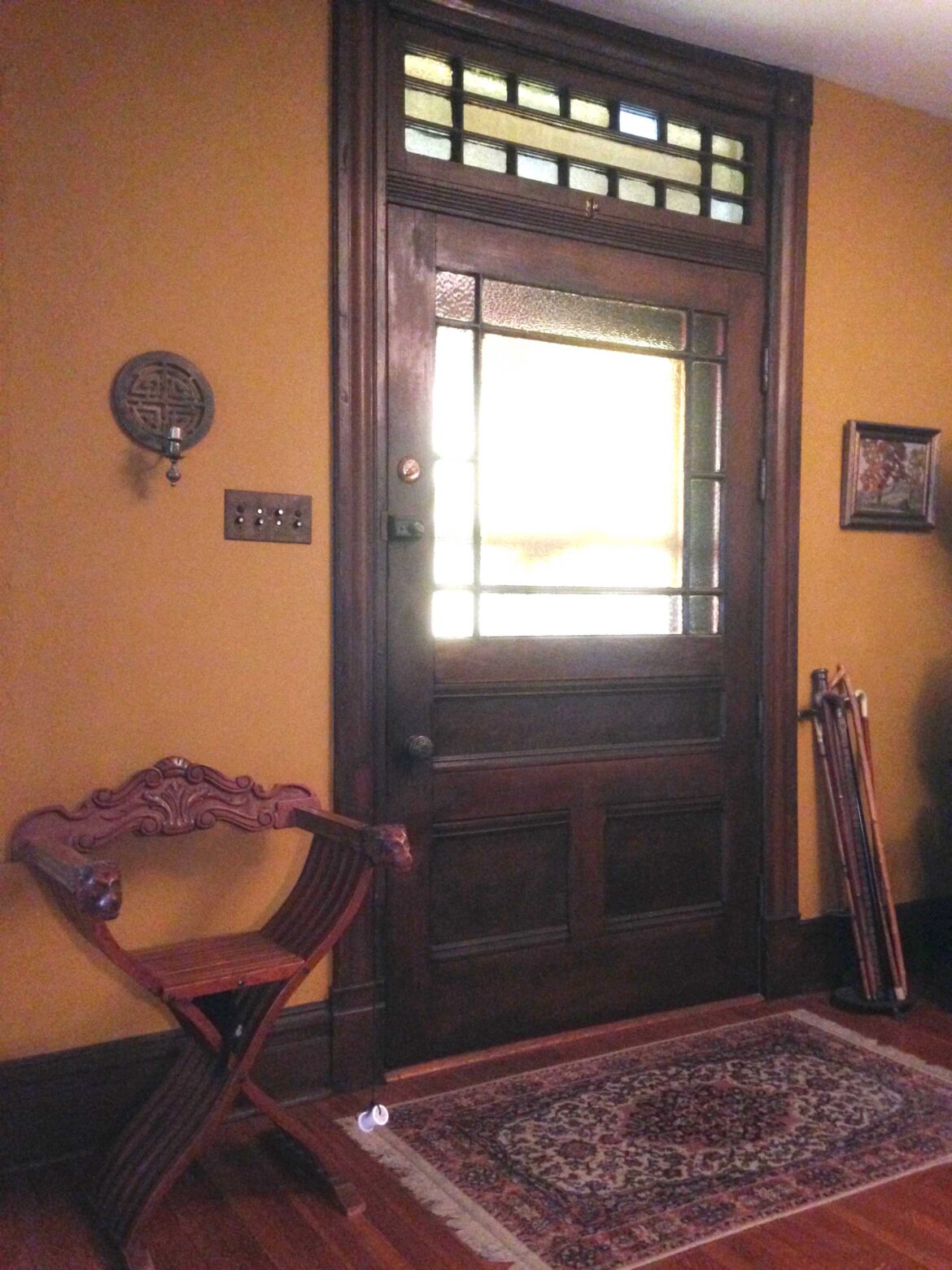
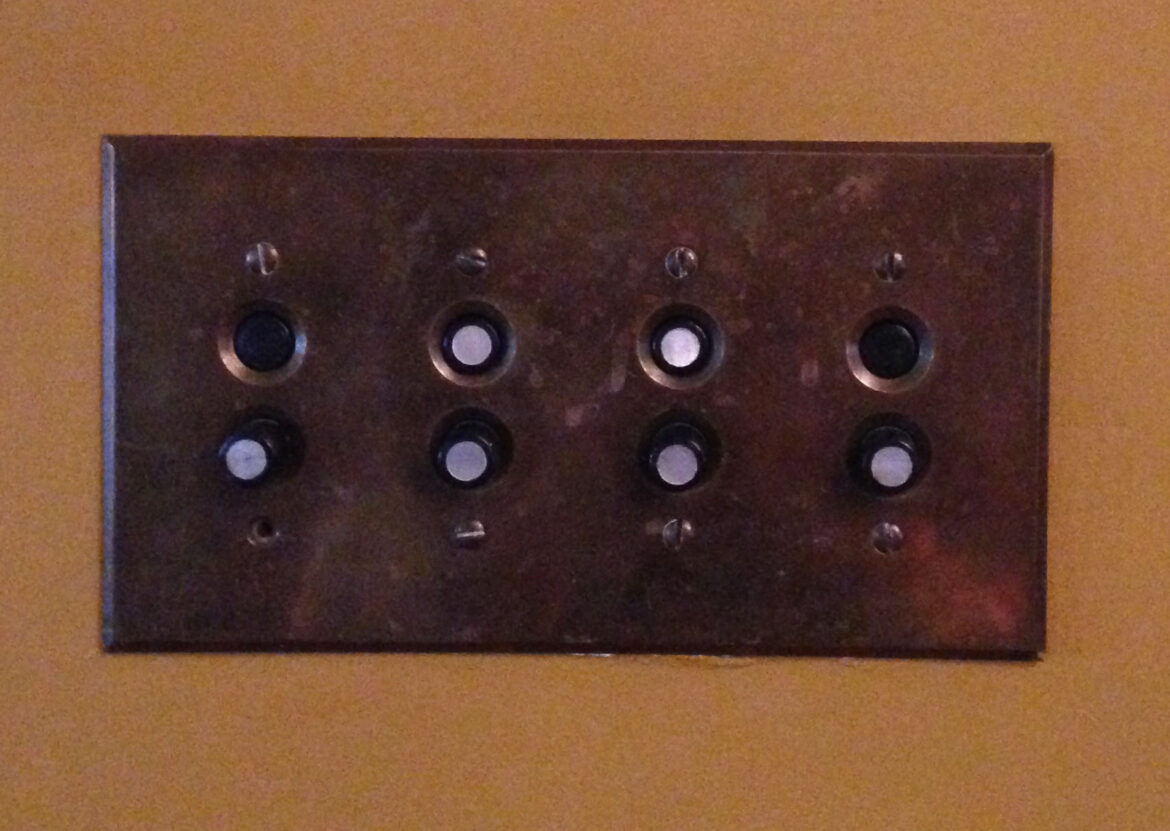
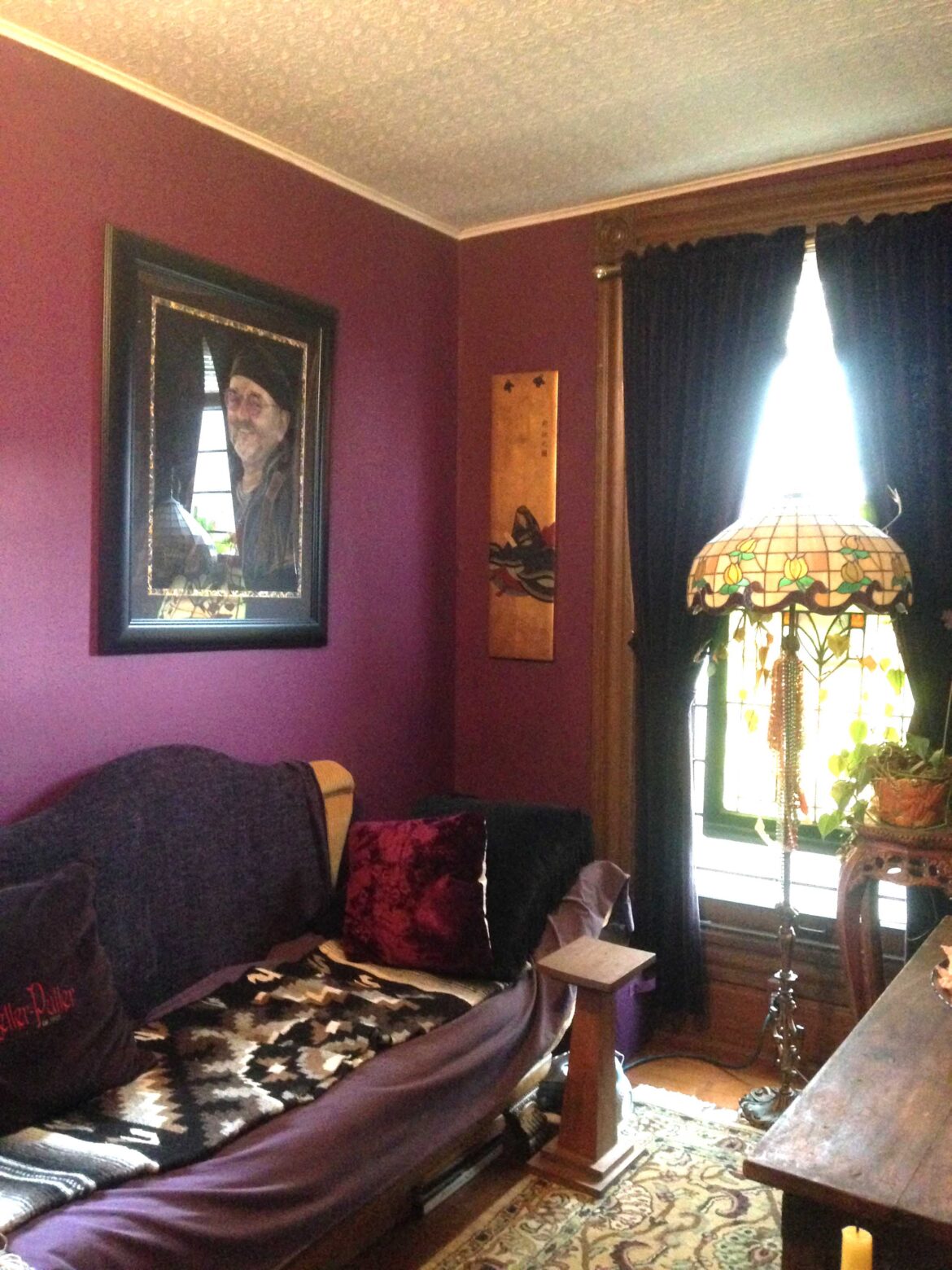
I don’t know who built this house but I know who paid for it. Mikkel Johansen. He began his career making shoes by hand. Later, he and his brother, Johan, built one of the largest shoe factories in a city that was known for them, St. Louis. First in booze, first in shoes and last in the American League as the saying went.
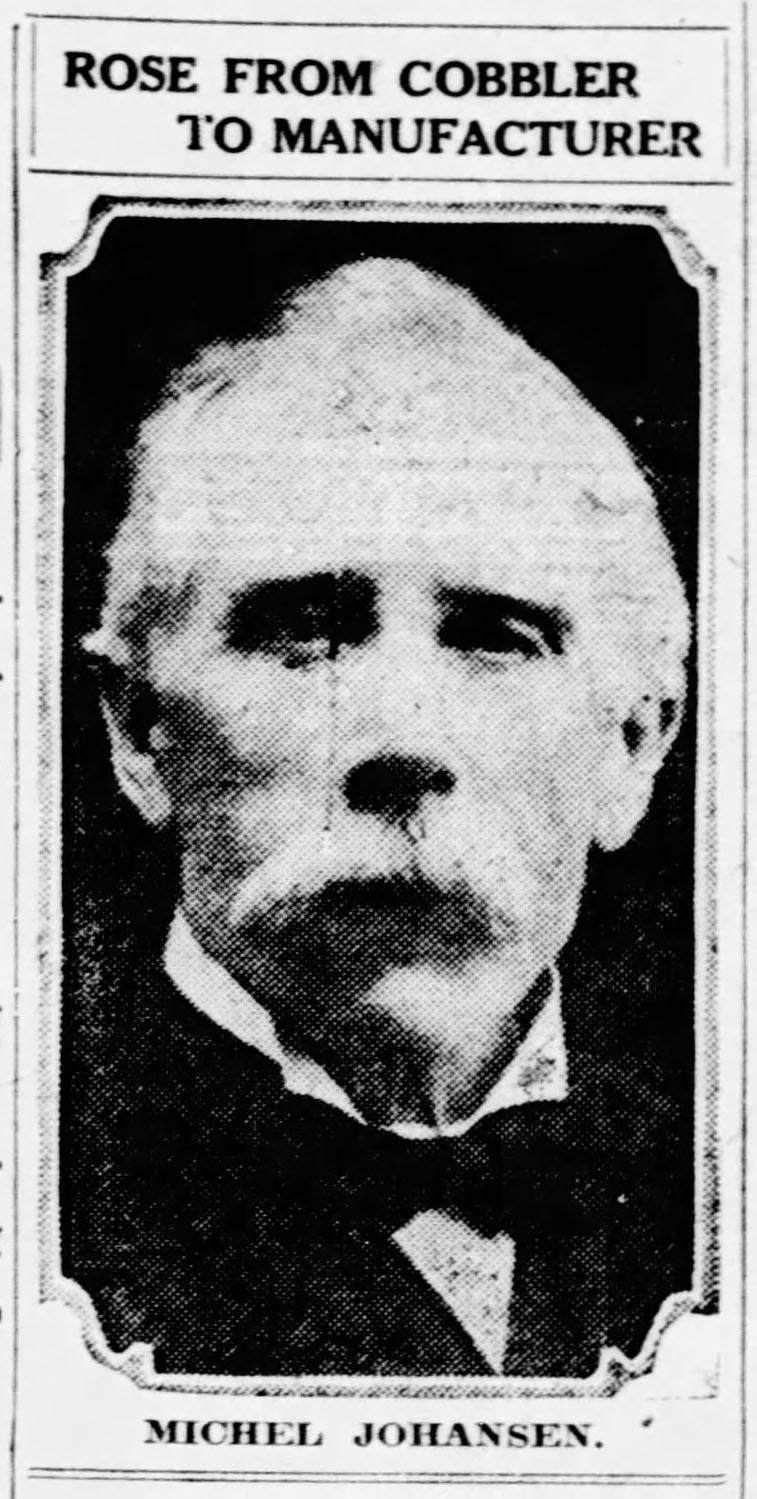

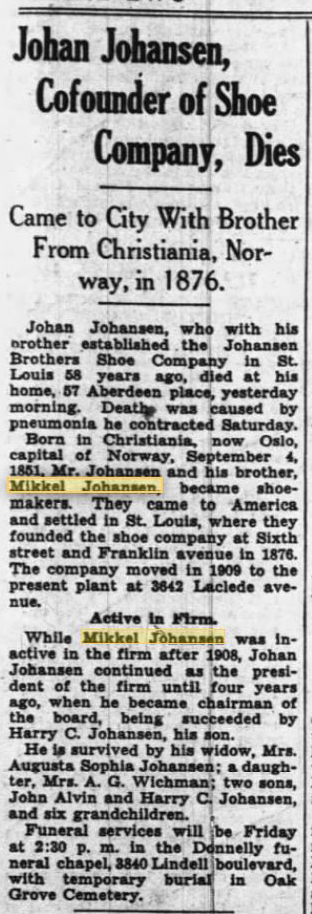
Mikkel retired sometime before 1908. His brother, Johan, was at the helm when the following article appeared on Valentine’s Day 1909. The company was announcing an expansion.
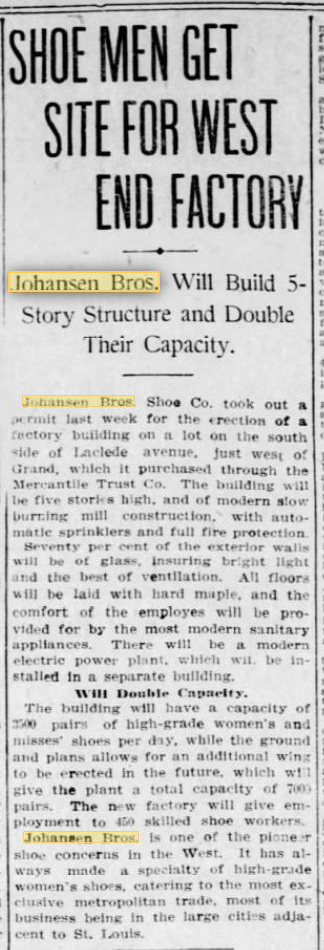
And what an expansion it was!
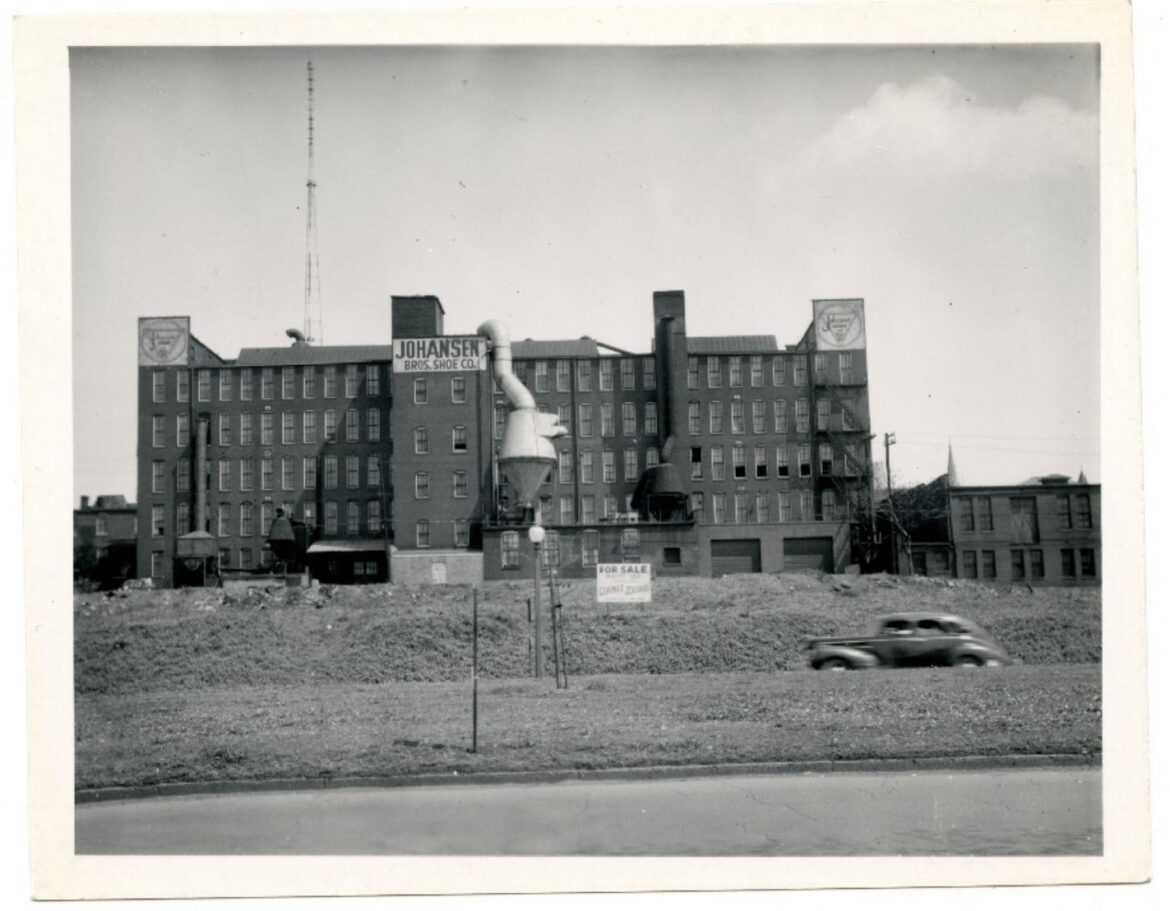
There is much more to this story which I will try and wrap up in my next post. Amongst the interesting things yet to be seen is a rare full page article on the company that ran in the Globe-Democrat on June 26, 1927.
Much thanks for all of the photographs and information to Margaret Keller and her husband Rick Puller. Margaret and Rick are both very interesting folks. I would encourage everyone to take a look at their websites. Margaret’s fine work can be found at www.margaretkellerstudio.com. Rick’s exceptional writing may be read at https://rdpuller.net.
Thanks again to everyone who supports this effort. I truly appreciate it.
Doug Houser March 5, 2021

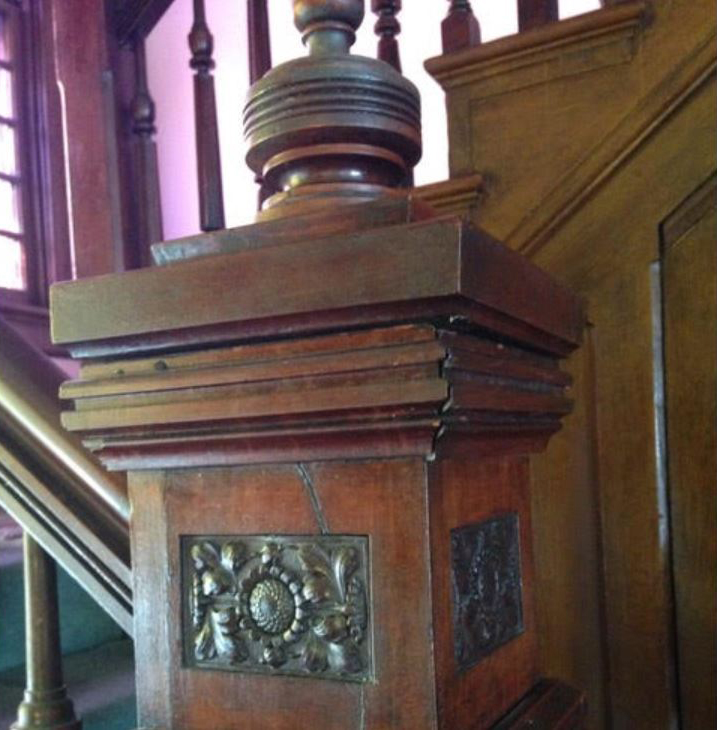
As a researcher of individual and unit level equipment used by U.S. Army Ground Forces (“AGF”) in World War II, and the iconic Pack, Jungle (camouflage) Stock No. 74-P-15 among the items supplied by Johansen Brothers Shoe Co., Inc. in 1943, you certainly made by life easy by dint of your prodigious research, using fabulous primary source material, no less. You will be credited and footnoted, accordingly. Much appreciated, Kind Sir.
My pleasure, Nelson. This is a fascinating journey that we’re on. Your comment shows that it is impossible to predict where the search will go. Good luck.
I love these house tour posts. Thank you!
You are welcome, Kristen. Thank you for taking the time to comment.
Thankyou for welcoming us into your lovely home. What a wonderful treasure.
Great article and information. I always feel like I have been transported back in time.
Mary, On behalf of Margaret and Rick, I’ll say you are very welcome. We can’t know what it was like to have lived back then but we can admire some of the more beautiful aspects of it that survive. Thank you for your comments.
Doug you mentioned that it seems quite unique to see it done and I think it is. I have often wondered about the ingredients that go into how they make the stuff, how one looks like oak, another might me walnut, another might be some marble look done for a mantle. I have always been wary of ever wanting to work on those doors or trim to adjust them or remove them for any reason because if I damage that wood how would I replicate that finish. It seems almost like a lifetime finish because I often see it looking like the doors you show-very little damage. It is interesting that you mention a family name that was associated with this process. I knew a lady with the same last name. I plan on contacting her to see if she might be related.
Hey Mark, There is a large amount of information about the techniques used in painting faux wood grain finishes online. I once saw a demonstration of a faux mahogany finish being given by a union painter. It was many decades ago at some sort of festival that had been set up on the grounds of the arch. His work was incredibly beautiful. The technique was taught by his union. What sticks in my mind was the fact that he mixed beer into the paint. He said they had a term for it in Germany, something like schlagering. Note that the word includes lager. I did find mention of the ingredient, beer, in one of the articles online but I didn’t find any mention of the German term. I still have the photos I took of that painter’s work. I’ll run them when I create the post on graining.
You are correct that it is very difficult to repair these finishes when they become damaged. You need an artist to mix the colors…someone like Margaret Keller who I happen to know is very good at that sort of thing. As always, thanks for your comments.
I have looked at some of the online info but cannot imagine me doing that. It would be something I would have to practice at for a long time before I ever tried it. I had a neighbor who used to do faux marble fireplaces. He used to tell me that he asked his hunting friends for things like parts of a deer skin or a squirrel tail or turkey and duck feathers so he could make the veins fade and turn and look natural. I only saw pictures of his work and like these photos it looked amazing. Would love to see it in person.
Hi Mark. Two things about hand-painted wood graining: the painter has to really know what a particular type of wood grain looks like. I think it helps to know the character of a specific wood so well that you’ve memorized it. Or you can use photos or actual pieces of wood. But a person can’t do wood-graininess well if they don’t know what different types of wood looks like. Secondly, the process always involves a base coat of paint in a particular color, based upon the wood you want to create. The base for the quarter-sawn oak in our house is a yellow ochre with a bit of extra orange tone. This should be opaque paint and dry before the graining coat. The graining coat is translucent and a custom brown color. It goes on top of the base and you usually let it dry to various degrees as you use your graining tools. Tools can be as simple as a homemade cardboard comb. As you manipulate and drag the comb through the topcoat, a glaze, you create the pattern. It’s very forgiving because if you don’t like what you just scratched, you can ‘erase’ it by smoothing it with a soft brush. And only oil paint works well, for me. But you probably already knew all this!
No he didn’t. And neither did most of us. We’ll never get a better description of the process than what you wrote here, Margaret. Much thanks.
Such beautiful woodwork! Thanks for sharing.
Ain’t it, though! You are welcome, Margaret.
Wonderful home & well cared for!
Definitely, Stuart. I appreciate your taking the time to comment.
Thank you, Doug, for all the history you unearthed about the Johansens, their legacy, lives, family, and our house. Now I’m trying to imagine the Scandinavian meals and celebrations Mikkel and Hilda must have had when they lived here, since they were from Norway and Sweden. I wish I knew how they decorated the interior, and if someone finds an exterior photo of how our house used to look, that would be so exciting. I imagine it had lots of architectural, Victorian, details that are now missing. We love finding more out about what Maplewood used to be like, thanks to your extremely interesting posts and books. Thanks again!
You are welcome, Margaret. Since the Johansens were wealthy I think that the odds are increased that you may be able to find the sort of things that you are looking for. My experience has been that often one descendant winds up as the caretaker of the family’s historic images and documents. The best place to find these folks may be in one place that I have never tried…Ancestry.com.
As for the architectural details that are missing (usually due to the process of modernizing an older home) occasionally I find historic images of existing buildings with the original details intact. There is a very dramatic example at the end of this post. https://40southnews.com/maplewood-history-newly-discovered-early-images-of-the-maplewood-school/
In 1916, there was a tremendously powerful explosion that occurred literally in your back yard. As you have lived in your home for 25 years and haven’t had any problems that may have come from that, I would suspect that your home was almost completely rebuilt after that explosion. In a few of the images from that time, the ornamental, wooden details of some of the homes can be seen. The link follows.
https://40southnews.com/maplewood-history-the-top-ten-things-you-never-knew-about-maplewoods-big-bang/
Thanks to you and your husband, Rick, for sharing your very beautiful home with all of us.
A treasure for sure! It’s in very good hands.
I agree, Ralf. It truly is.